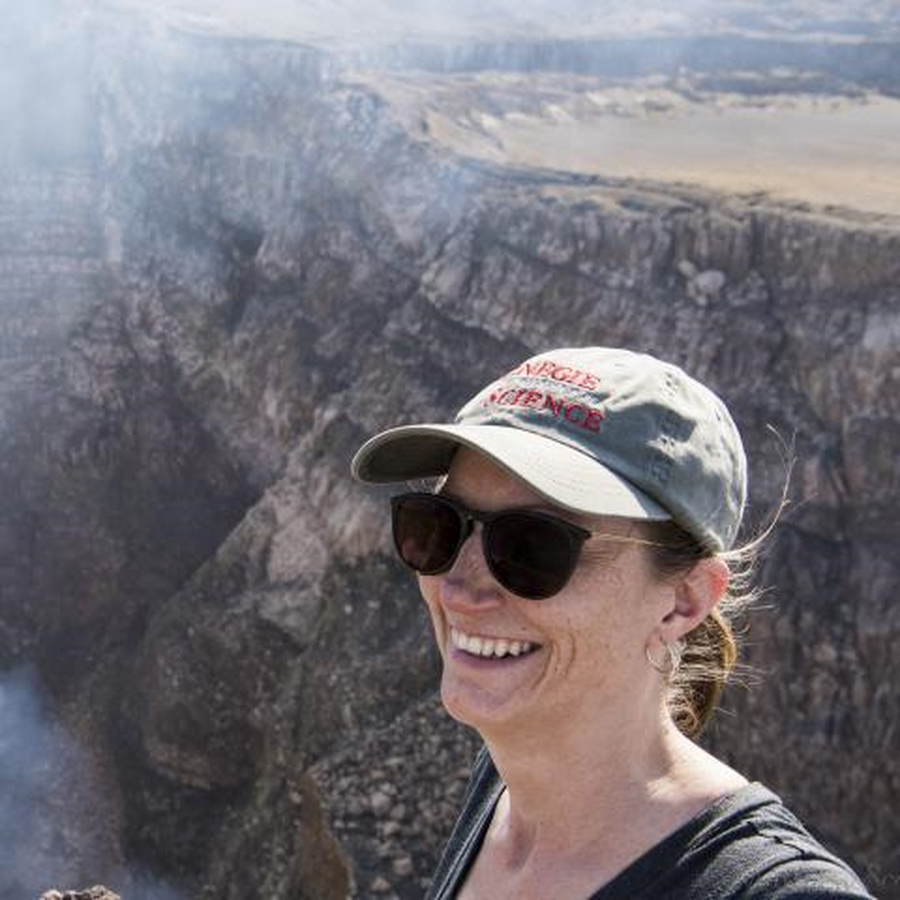Please note that tickets are not required and seating is first come, first serve. Tickets from Eventbrite enable you to skip the sign-in process at the door, but do not guarantee a seat.
Astronomers use large and increasingly more intricate telescopes to see further and further into the cosmos with ever-improving resolution. These instruments have lead to the discovery of other planets around distant stars, some of which might be capable of supporting life. But the key to life’s evolution on Earth is the development and persistence of plate tectonics, a planetary process that affects everything from the mineral composition of the continents on which we stand to the existence of liquid water on Earth’s surface. To study the inner workings of our world, we need to look down, deep into the Earth’s interior to see how plate tectonics moves materials into and out of the planet, preferentially keeping some materials at the surface while recycling others deep into the lower mantle.
Seismology allows us to “see” inside the Earth much like a CAT scan allows a doctor to see the insides of a human body. Instead of light waves or X-rays, seismologists use seismic waves to take “snapshots” of the planet’s interior structure. By studying these snapshots, we can learn a great deal about both the ancient tectonic history responsible for creating these internal structures, and the ongoing plate tectonic processes that sustain life while also producing some of the world’s most devastating natural disasters. Key to answering many of these questions is figuring out how water and other volatiles move into and back out of the Earth. It is a difficult question to answer because the structures that carry these fluids are small, and the depths to which we want to observe them are great.
Much like telescopes, the ability of seismometers to image the planet’s interior depends on the density of the seismic sensors (how close they are to each other) and the “aperture” of the array (how big of an area the sensors cover). More density means higher resolution. Bigger aperture means greater depths of focus. This talk will show some recent examples of each of these types of studies (high density/ broad aperture), and will give a look at the science potential for the newest generation of seismic equipment that will allow us to pursue both simultaneously. As we continue to sharpen our image of the deep Earth’s interior, we will better understand what makes our planet special, and what we might expect from planets we find elsewhere in the cosmos.
Dr. Lara Wagner, Department of Terrestrial Magnetism, Carnegie Institution for Science
